
The rainwater collection and water treatment equipment solution is a system for collecting, storing, and treating rainwater, aimed at converting rainwater into reusable water resources. This equipment typically includes a rainwater collection device, storage facilities, processing units, as well as related control systems and pipelines.
Rainwater collection device:
Rainwater collection devices usually include components such as rainwater collection surfaces, rainwater outlets, pipelines, and filters. A catchment area can be a place with a certain catchment area, such as a roof, road, or square. Rainwater flows into rainwater outlets through these surfaces and is then transported to storage facilities through pipelines. Filters are used to remove large particulate impurities from rainwater, ensuring that the water entering the storage facility is relatively clean.
Storage facilities:
Storage facilities are used to temporarily store collected rainwater. Common storage facilities include rainwater storage tanks, rainwater tanks, etc. These facilities generally have a certain volume to meet the collection needs of rainwater at different time periods. The design of storage facilities should consider their sealing, corrosion resistance, and weather resistance to ensure long-term stable operation.
Processing unit:
The processing unit is the core component of rainwater collection and treatment equipment, used to remove pollutants from rainwater and improve water quality. Common processing units include sedimentation tanks, filtration tanks, disinfection equipment, etc. The sedimentation tank is used to remove suspended solids from rainwater, while the filtration tank further removes fine particles and organic matter from the water. Disinfection equipment usually uses methods such as ultraviolet disinfection or chlorine disinfection to kill bacteria, viruses, and other microorganisms in water.
Control system and pipelines:
The control system is responsible for the operation and management of the entire rainwater collection and treatment equipment, including monitoring water levels, controlling pump operation, and adjusting treatment parameters. Pipelines are used to connect various components to ensure smooth transportation of rainwater.
The advantage of rainwater collection and water treatment equipment is that it can fully utilize rainwater resources, reduce dependence on tap water, and reduce the impact of rainwater runoff on the environment. In addition, through reasonable design and operation management, the equipment can also improve water quality to meet the standards of reuse, providing reliable water sources for urban greening, car washing, toilet flushing, etc.
However, there are also some challenges and limitations to rainwater collection and treatment equipment, such as the quality and quantity of collected rainwater being affected by various factors such as climate, season, and geographical location, and the operating costs and maintenance management of the equipment also need to be considered. Therefore, in practical applications, it is necessary to make reasonable choices and designs based on specific needs and conditions.
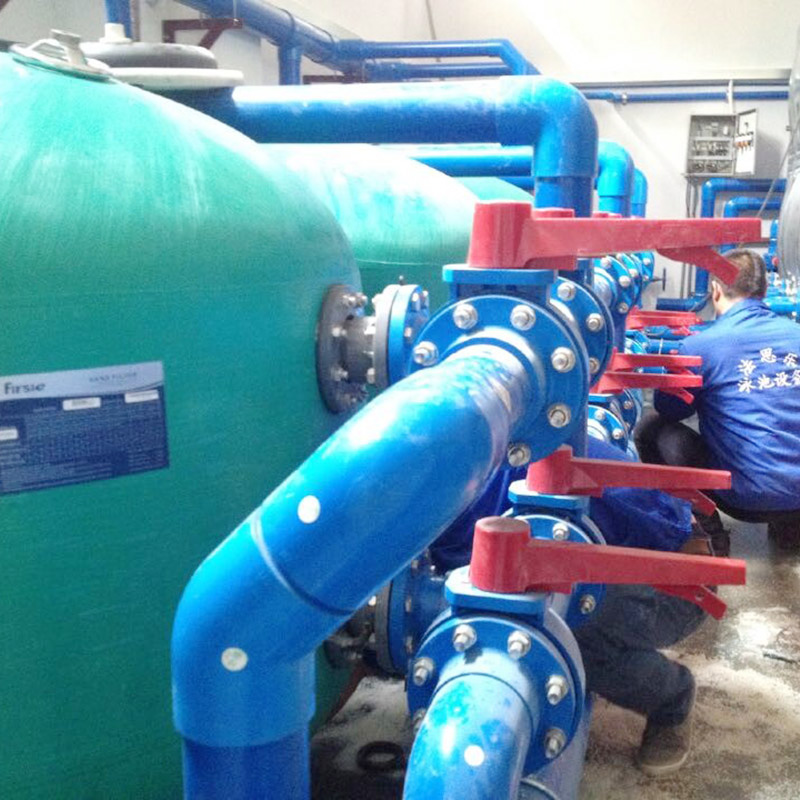
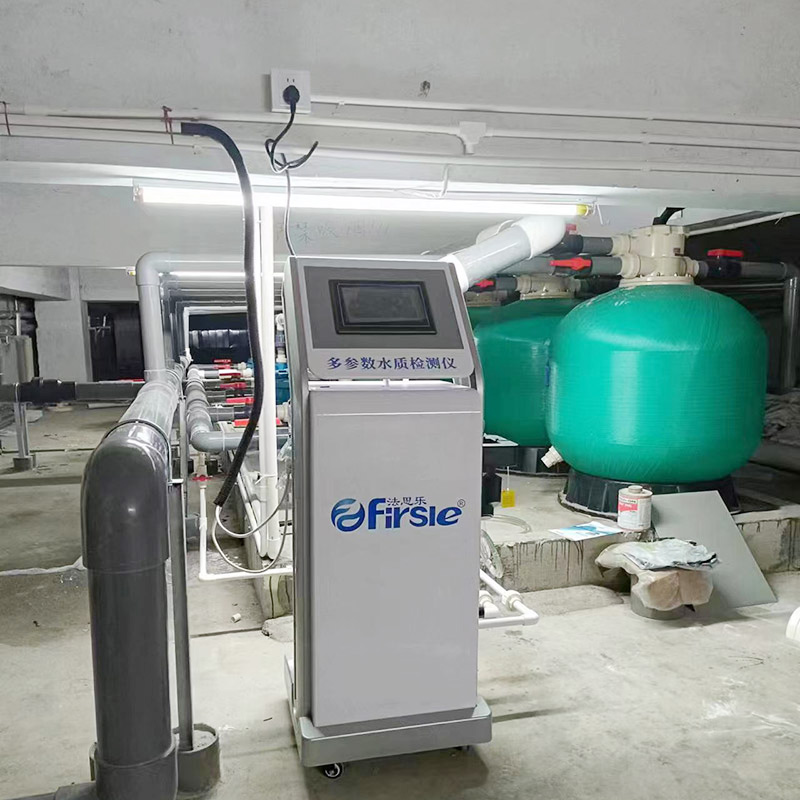
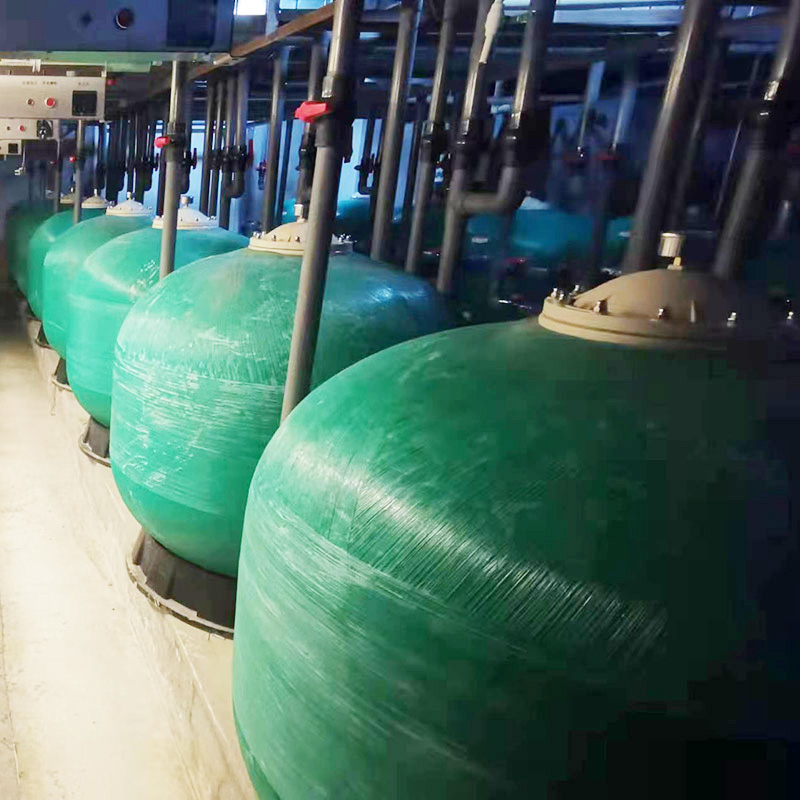


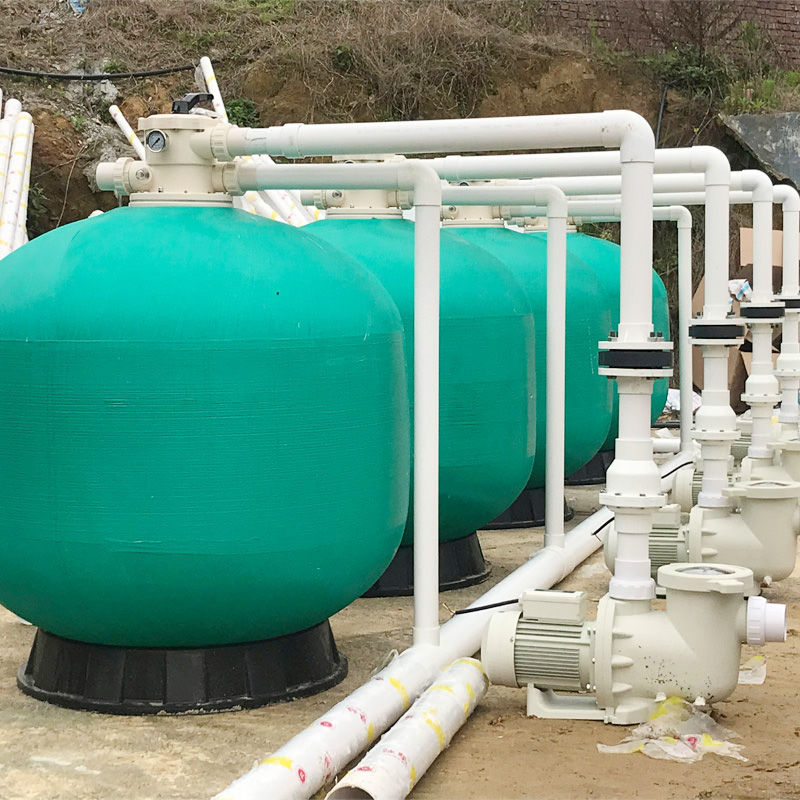
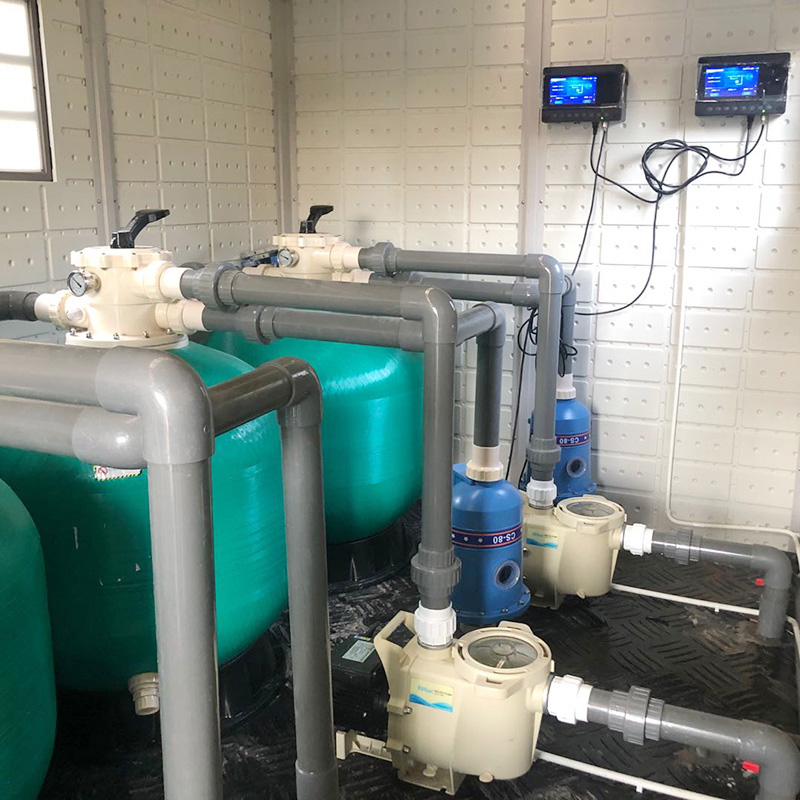


Screenshot, WeChat recognition QR code
wechat number:+86 18620661125
(Click on WeChat to copy and add friends)